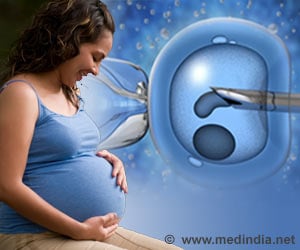Is your diet not effective enough to lose all those pounds? May be you should give it a break and then start dieting.
Highlights
- Taking a break from continuous dieting can help in weight loss.
- A two-week break from dieting may improve weight loss, according to a study done in obese men.
- Weight gain was also less in those who stopped from the restricted calorie intake for 2 weeks.
An Alternative Weight Loss Diet Plan
In a randomised controlled trial, the body’s ’famine reaction’ to continued dieting and its impact on weight loss in men with obesity was investigated.
During the study, two groups of participants took part in a 16-week diet which cut calorie intake by one third. One group maintained the diet continuously for 16 weeks while the other maintained the diet for two weeks, then broke from the diet for two weeks eating simply to keep their weight stable, and repeated this cycle for 30 weeks in total to ensure 16 weeks of dieting.
Those in the intermittent diet group not only lost more weight, but also gained less weight after the trial finished.
Professor Byrne said while researchers in the past had shown that as dieting continued weight loss became more difficult, this latest MATADOR (Minimising Adaptive Thermogenesis And Deactivating Obesity Rebound) study looked more closely at ways to lessen the famine response and improve weight loss success.
Head of the University of Tasmania’s School of Health Sciences Professor Nuala Byrne, who led the study with a team of collaborators from Queensland University of Technology and the University of Sydney, said dieting altered a series of biological processes in the body, which led to slower weight loss, and possibly weight gain.
"When we reduce our energy (food) intake during dieting, resting metabolism decreases to a greater extent than expected; a phenomenon termed ’adaptive thermogenesis’ - making weight loss harder to achieve," Professor Byrne said.
"This ’famine reaction’, a survival mechanism which helped humans to survive as a species when food supply was inconsistent in millennia past, is now contributing to our growing waistlines when the food supply is readily available."
Professor Byrne said while this two-week intermittent diet proved to be a more successful means of weight loss compared with continuous dieting, other popular diets which included cycles of several days of fasting and feasting were not any more effective that continuous dieting.
"There is a growing body of research which has shown that diets which use one to seven day periods of complete or partial fasting alternated with ad libitum food intake, are not more effective for weight loss than conventional continuous dieting," she said.
"While further investigations are needed around this intermittent dieting approach, findings from this study provide preliminary support for the model as a superior alternative to continuous dieting for weight loss."
Reference
- Byrne N M et al., Intermittent energy restriction improves weight loss efficiency in obese men—The MATADOR study, International Journal of Obesity (2017) http://dx.doi.org/10.1038/ijo.2017.206.
Source-Medindia
















